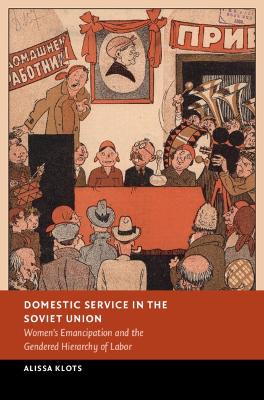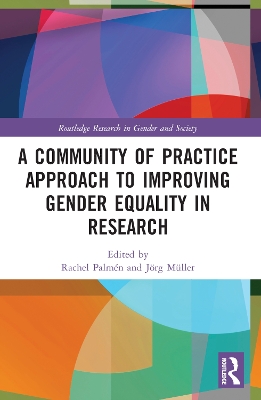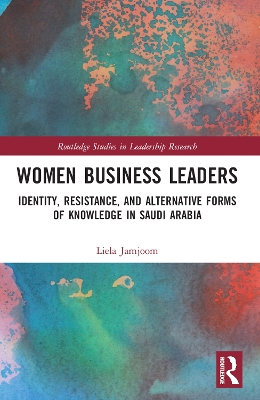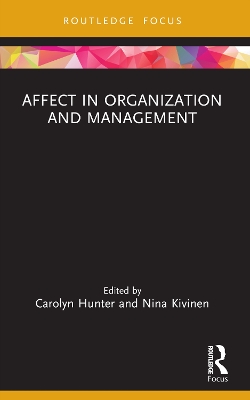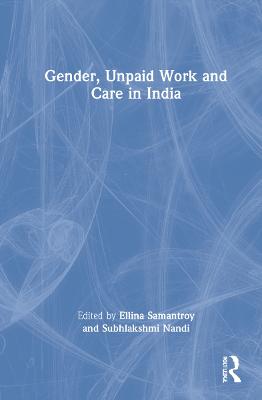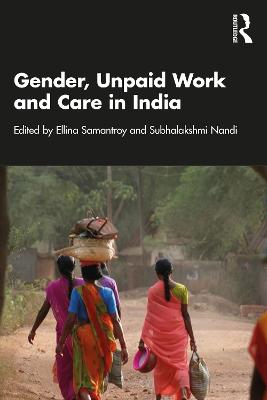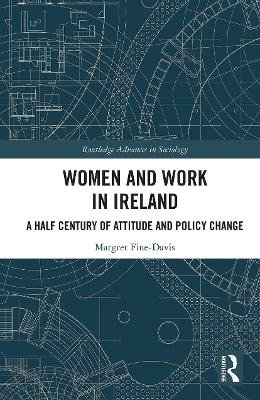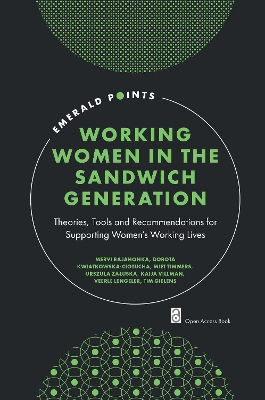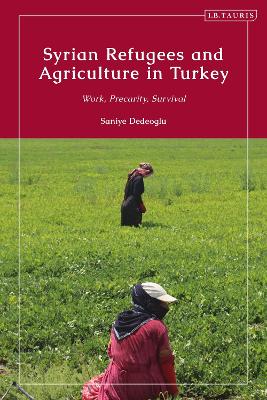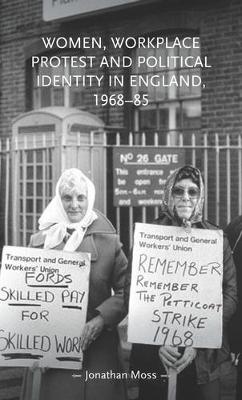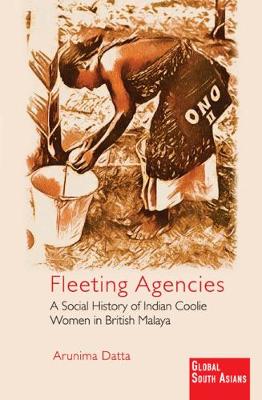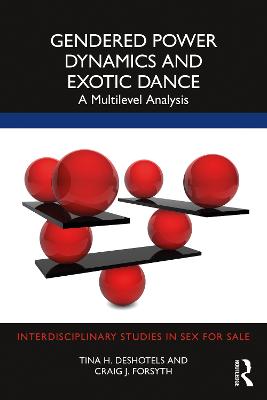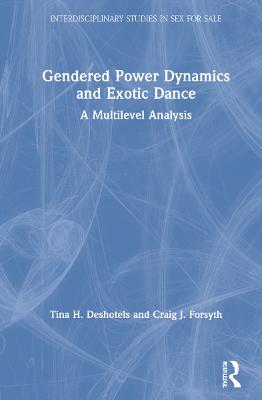Education, Work, and Family Events in Women's Lives
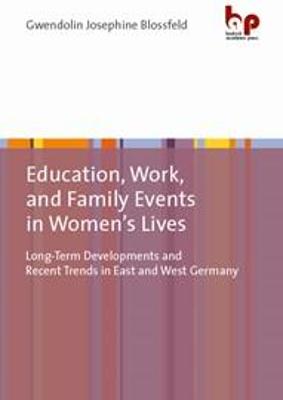 portes grátis
portes grátis
Education, Work, and Family Events in Women's Lives
Long-Term Developments and Recent Trends in East and West Germany
Blossfeld, Gwendolin Josephine
Verlag Barbara Budrich
04/2022
176
Mole
Inglês
9783966650472
15 a 20 dias
1.1 Contributions of the Book
1.2 Outline of the Book
1.3 The Life Course Perspective 14
1.4 The Long-Term Developments of Women's Roles in Germany and Changes in Family Formation and Dissolution
1.4.1 The Preindustrial Family in Early 19th-Century Germany
1.4.2 The German Family in the Second Half of the 19th Century
1.4.3 The Age at First Marriage and the Birth of a First Child in the 20th Century
1.4.4 The Development of Female Employment Between 1882 and 1980
1.4.5 The Gain in Importance of Part-Time Employment Since the 1960s
1.4.6 Marriage, Birth, and Divorce Patterns of Women in East and West Germany
Convergence of Fertility Rates in East and West Germany After the Transformation Shock
1.4.7 Summary
1.5 A Longitudinal Approach
1.6 The National Educational Panel Study (NEPS)
1.7 Event History Analysis
2 Living Arrangements and the Birth of a First Child in the Early Life Course: A Description Based on NEPS
2.1.1 Sequences of Partnership States Over the Early Life Course in East and West Germany
2.2 The Proportion of Women Who Have Ever Married Over the Life Course in East and West Germany
2.3 Women's Partnership Status at First Birth and the Proportion of Childless Women
2.4 Summary
3 Entry Into First Cohabitation or First Marriage: A Longitudinal Analysis
3.1 Theoretical Framework and Hypotheses
3.1.1 Union Formation Processes and Educational Expansion
3.1.2 Union Formation and the Two Germanys Before and After German Unification
3.1.3 Further Important Factors Influencing First Union Formation
3.2 Definition of Variables
3.3 Results
3.4 Summary of Empirical Findings
4 Transition From Cohabitation to Marriage: Does the Meaning of Cohabitation Differ in East and West Germany?
4.1 Theoretical Framework and Hypotheses
4.1.1 The Meaning of Cohabitation
4.1.2 Different Dimensions of Time in the Analysis of Cohabitation
4.1.3 The Two Germanies Before and After Unification
4.1.4 Long-Term Change in Social Norms
4.2 Definition of Variables
4.3 Results
4.3.1 Descriptive Overview
4.3.2 Multivariate Analysis
4.4 Summary of Empirical Findings
5 Educational Homophily, Educational Homogamy, and the Impact of Mothers' Role Models on Daughters' Cohabitation and Marriage
5.1 Theoretical Framework and Hypotheses
5.1.1 Educational Assortative Mating: Do Opposites Attract or Does Like Marry Like?
5.1.2 Intergenerational Transmission of Gender Roles
5.1.3 Further Differences in Assortative Mating
5.2 Definition of Variables
5.3 Results
5.4 Summary of Empirical Findings
6 What Influences the Rate of Entry Into First Motherhood for Women Enrolled in Full-Time Education?
6.1 Theoretical Framework and Hypotheses
6.1.1 Cohort Differentiation and German Unification
6.1.2 Life Course Approach: Normative Timing and Normative Sequencing of Events
6.1.3 New Home Economics
6.1.4 Social Background
6.1.5 The Two Germanies Before and After Unification
6.2 Definition of Variables
6.3 Results
6.3.1 Descriptive Overview
6.3.2 Model Estimation
6.4 Summary of Empirical Findings
7 How Do Women's Educational Enrolment, Educational Attainment Level, Labor Force Participation, and Career Advancement Affect the Rate of Entry Into First Motherhood?
7.1 Theoretical Framework and Hypotheses
7.1.1 Life Course Approach: Normative Sequencing of Events and Fertility Pressure
7.1.2 Economic Perspectives: Forms of Investment and Employment
7.1.3 The Two Germanies Before and After Unification
7.1.4 Age Dependency, Social Origin, and Marriage
7.2 Definition of Variables
7.3 Results
7.3.1 Descriptive Overview
7.3.2 Model Estimation
7.4 Summary of Empirical Findings
8 Educational Assortative Mating and Divorce
8.1 Theoretical Framework and Hypotheses
8.1.1 Women Marrying Up
8.1.2 Educational Expansion and Assortative Mating
8.1.3 Dimensions of Education
8.1.4 A Comparison of Divorce Between Women in Upward, Downward, and Homogamous Marriages
8.1.5 Further Differences in Marital Instability
8.1.6 Definition of Variables
8.1.7 Results
8.1.8 Summary of Empirical Findings
9 Conclusion
9.1 Central Findings
9.2 Implications of Research
9.3 Limitations of This Book and Suggestions for Future Research
1.1 Contributions of the Book
1.2 Outline of the Book
1.3 The Life Course Perspective 14
1.4 The Long-Term Developments of Women's Roles in Germany and Changes in Family Formation and Dissolution
1.4.1 The Preindustrial Family in Early 19th-Century Germany
1.4.2 The German Family in the Second Half of the 19th Century
1.4.3 The Age at First Marriage and the Birth of a First Child in the 20th Century
1.4.4 The Development of Female Employment Between 1882 and 1980
1.4.5 The Gain in Importance of Part-Time Employment Since the 1960s
1.4.6 Marriage, Birth, and Divorce Patterns of Women in East and West Germany
Convergence of Fertility Rates in East and West Germany After the Transformation Shock
1.4.7 Summary
1.5 A Longitudinal Approach
1.6 The National Educational Panel Study (NEPS)
1.7 Event History Analysis
2 Living Arrangements and the Birth of a First Child in the Early Life Course: A Description Based on NEPS
2.1.1 Sequences of Partnership States Over the Early Life Course in East and West Germany
2.2 The Proportion of Women Who Have Ever Married Over the Life Course in East and West Germany
2.3 Women's Partnership Status at First Birth and the Proportion of Childless Women
2.4 Summary
3 Entry Into First Cohabitation or First Marriage: A Longitudinal Analysis
3.1 Theoretical Framework and Hypotheses
3.1.1 Union Formation Processes and Educational Expansion
3.1.2 Union Formation and the Two Germanys Before and After German Unification
3.1.3 Further Important Factors Influencing First Union Formation
3.2 Definition of Variables
3.3 Results
3.4 Summary of Empirical Findings
4 Transition From Cohabitation to Marriage: Does the Meaning of Cohabitation Differ in East and West Germany?
4.1 Theoretical Framework and Hypotheses
4.1.1 The Meaning of Cohabitation
4.1.2 Different Dimensions of Time in the Analysis of Cohabitation
4.1.3 The Two Germanies Before and After Unification
4.1.4 Long-Term Change in Social Norms
4.2 Definition of Variables
4.3 Results
4.3.1 Descriptive Overview
4.3.2 Multivariate Analysis
4.4 Summary of Empirical Findings
5 Educational Homophily, Educational Homogamy, and the Impact of Mothers' Role Models on Daughters' Cohabitation and Marriage
5.1 Theoretical Framework and Hypotheses
5.1.1 Educational Assortative Mating: Do Opposites Attract or Does Like Marry Like?
5.1.2 Intergenerational Transmission of Gender Roles
5.1.3 Further Differences in Assortative Mating
5.2 Definition of Variables
5.3 Results
5.4 Summary of Empirical Findings
6 What Influences the Rate of Entry Into First Motherhood for Women Enrolled in Full-Time Education?
6.1 Theoretical Framework and Hypotheses
6.1.1 Cohort Differentiation and German Unification
6.1.2 Life Course Approach: Normative Timing and Normative Sequencing of Events
6.1.3 New Home Economics
6.1.4 Social Background
6.1.5 The Two Germanies Before and After Unification
6.2 Definition of Variables
6.3 Results
6.3.1 Descriptive Overview
6.3.2 Model Estimation
6.4 Summary of Empirical Findings
7 How Do Women's Educational Enrolment, Educational Attainment Level, Labor Force Participation, and Career Advancement Affect the Rate of Entry Into First Motherhood?
7.1 Theoretical Framework and Hypotheses
7.1.1 Life Course Approach: Normative Sequencing of Events and Fertility Pressure
7.1.2 Economic Perspectives: Forms of Investment and Employment
7.1.3 The Two Germanies Before and After Unification
7.1.4 Age Dependency, Social Origin, and Marriage
7.2 Definition of Variables
7.3 Results
7.3.1 Descriptive Overview
7.3.2 Model Estimation
7.4 Summary of Empirical Findings
8 Educational Assortative Mating and Divorce
8.1 Theoretical Framework and Hypotheses
8.1.1 Women Marrying Up
8.1.2 Educational Expansion and Assortative Mating
8.1.3 Dimensions of Education
8.1.4 A Comparison of Divorce Between Women in Upward, Downward, and Homogamous Marriages
8.1.5 Further Differences in Marital Instability
8.1.6 Definition of Variables
8.1.7 Results
8.1.8 Summary of Empirical Findings
9 Conclusion
9.1 Central Findings
9.2 Implications of Research
9.3 Limitations of This Book and Suggestions for Future Research

